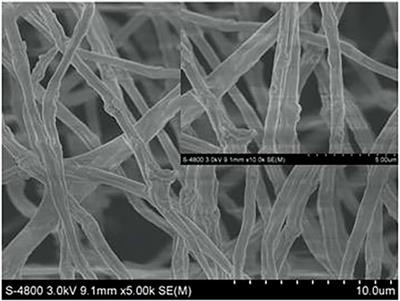EDITORIAL
Published on 17 Jun 2022
Editorial: Electrospinning Based Functional Scaffolds for Biomedical Applications
doi 10.3389/fmats.2022.955994
- 1,499 views
- 3 citations
2,569
Total downloads
19k
Total views and downloads
EDITORIAL
Published on 17 Jun 2022
ORIGINAL RESEARCH
Published on 09 Mar 2022

OPINION
Published on 03 Feb 2022

ORIGINAL RESEARCH
Published on 25 Nov 2021

ORIGINAL RESEARCH
Published on 13 Sep 2021

